Against the backdrop of increasingly scarce water resources, reverse osmosis (RO) water purification technology, as one of the most advanced water treatment solutions, is gaining more attention from industrial enterprises and municipal departments. This article will delve into the core technical principles, component composition, industrial applications, and future development trends of RO water purification systems, providing comprehensive technical reference for industry technicians and decision-makers.
Basic Principles and Characteristics of Reverse Osmosis Technology
Reverse osmosis technology utilizes the selective separation mechanism of a semi-permeable membrane. By applying external pressure higher than the osmotic pressure of the solution, water molecules are forced through the semi-permeable membrane, while dissolved salts, colloids, microorganisms, and other impurities are retained in a physical separation process. The core of this technology lies in its exceptional filtration precision, reaching 0.0001 microns, effectively removing 97%-99% of dissolved solids from water. In actual operation, there is a clear correspondence between the transmembrane pressure difference and membrane flux. Typically, the operating pressure needs to reach 1.0-1.5 MPa to ensure stable system operation and the expected water production rate. It is important to note that water temperature significantly impacts system performance; for every 1°C increase in temperature, water production can increase by 2%-3%. However, excessively high temperatures accelerate membrane element aging, so the feedwater temperature must be controlled within a reasonable range.
Core Component Specifications and Selection Points
The core components of an RO system include membrane elements, pressure vessels, high-pressure pumps, and control systems. Currently, mainstream polyamide composite membrane materials offer excellent chemical stability and anti-fouling performance, with a typical service life of 3-5 years. The pressure rating of fiberglass pressure vessels should be selected based on the system design pressure, typically requiring a burst pressure of 2.0 MPa or higher. The selection of high-pressure pumps needs to comprehensively consider the head and flow parameters required by the system, generally using multi-stage centrifugal pumps or plunger pumps equipped with variable frequency drives for energy consumption optimization. The online water quality monitoring system should be configured with sensors for at least key parameters such as conductivity, pH, turbidity, and residual chlorine to ensure real-time monitoring of the system's operating status.
Pretreatment System Design and Operation Maintenance
A complete RO system must be equipped with a comprehensive pretreatment unit, which directly affects the long-term stable operation of the system. Multi-media filters typically use a graded mix of anthracite, quartz sand, etc., to effectively remove suspended solids and colloids from the water. The adsorption capacity of activated carbon filters needs to be calculated and determined based on the organic content in the feedwater to ensure thorough residual chlorine removal. For raw water with high hardness, the resin exchange capacity of the softener needs sufficient design margin. The selection of precision filter cartridge rating is crucial, generally required to be 5 microns, serving as the last barrier to protect the RO membranes. Furthermore, the chemical cleaning system must be capable of implementing various cleaning protocols, such as acid washing and alkaline washing, to adapt to different fouling conditions.
Industrial Application Scenarios and Technical Adaptation
In the electronics industry, RO systems are key equipment for producing ultrapure water, requiring effluent resistivity of 18.2 MΩ·cm. The pharmaceutical industry has stricter quality requirements for Water for Injection (WFI), which must meet all indicators specified in the pharmacopoeia. The food and beverage industry not only focuses on effluent quality but also has special requirements for the sanitary design and materials of the system. Boiler feedwater systems in the power industry often require combining RO with advanced treatment processes like EDI. For process water in the chemical industry, the corrosion resistance and operational stability of the system are primary considerations. For seawater desalination projects, special high-pressure RO membranes are required, with operating pressures reaching 5.5-8.0 MPa.
System Operation, Maintenance, and Fault Diagnosis
Daily maintenance of RO systems includes recording operating parameters, checking equipment status, and monitoring water quality changes. The chemical cleaning cycle for membrane elements is usually 3-6 months, depending specifically on the feedwater quality and system recovery rate. It is recommended to replace the cartridge filter elements no less than every 3 months, or immediately when the pressure drop reaches 0.1 MPa. The dosing concentration of scale inhibitors needs precise calculation based on feedwater quality, generally controlled at 2-4 mg/L. System disinfection is recommended using non-oxidizing biocides, performed quarterly. Establishing a sound spare parts management system ensures an adequate stock of critical components. Recording and analyzing operational data helps detect system abnormalities promptly and prevent major failures.
Energy Efficiency Optimization and Technological Innovation
In today's world of rising energy costs, energy efficiency optimization of RO systems is particularly important. The application of energy recovery devices can recycle the pressure energy from the concentrate stream, reducing system energy consumption by 30%-40%. The adoption of variable frequency drive technology allows high-pressure pumps to adjust output power according to actual demand, avoiding energy waste. Optimizing the system recovery rate maximizes water resource utilization while ensuring membrane element safety. Series system design can use the first-stage concentrate as the second-stage feed, further improving the overall system recovery rate. Waste heat utilization schemes are particularly suitable for industrial enterprises with waste heat sources, reducing operating pressure by increasing feedwater temperature. The introduction of intelligent control systems enables automatic optimization of operating parameters, achieving the best energy consumption ratio.
With the continuous emergence of new materials and processes, reverse osmosis technology is developing towards higher efficiency, energy savings, and intelligence. In the future, we can expect to see more innovative solutions providing strong technical support for the sustainable utilization of global water resources. For enterprises planning to adopt or upgrade RO systems, fully understanding the technical details, selecting experienced suppliers, and establishing comprehensive operation and maintenance systems are key factors for successful project implementation.








